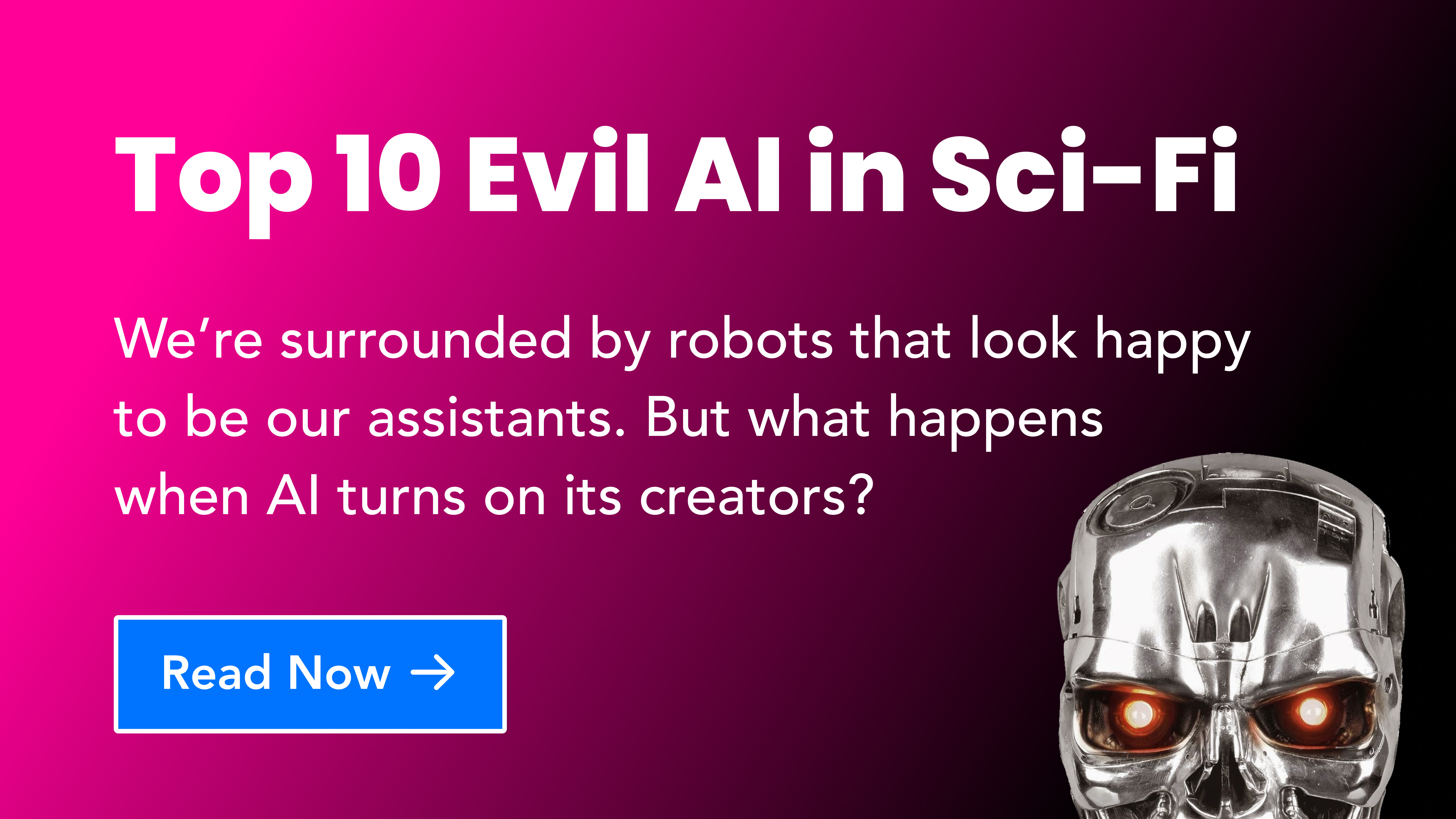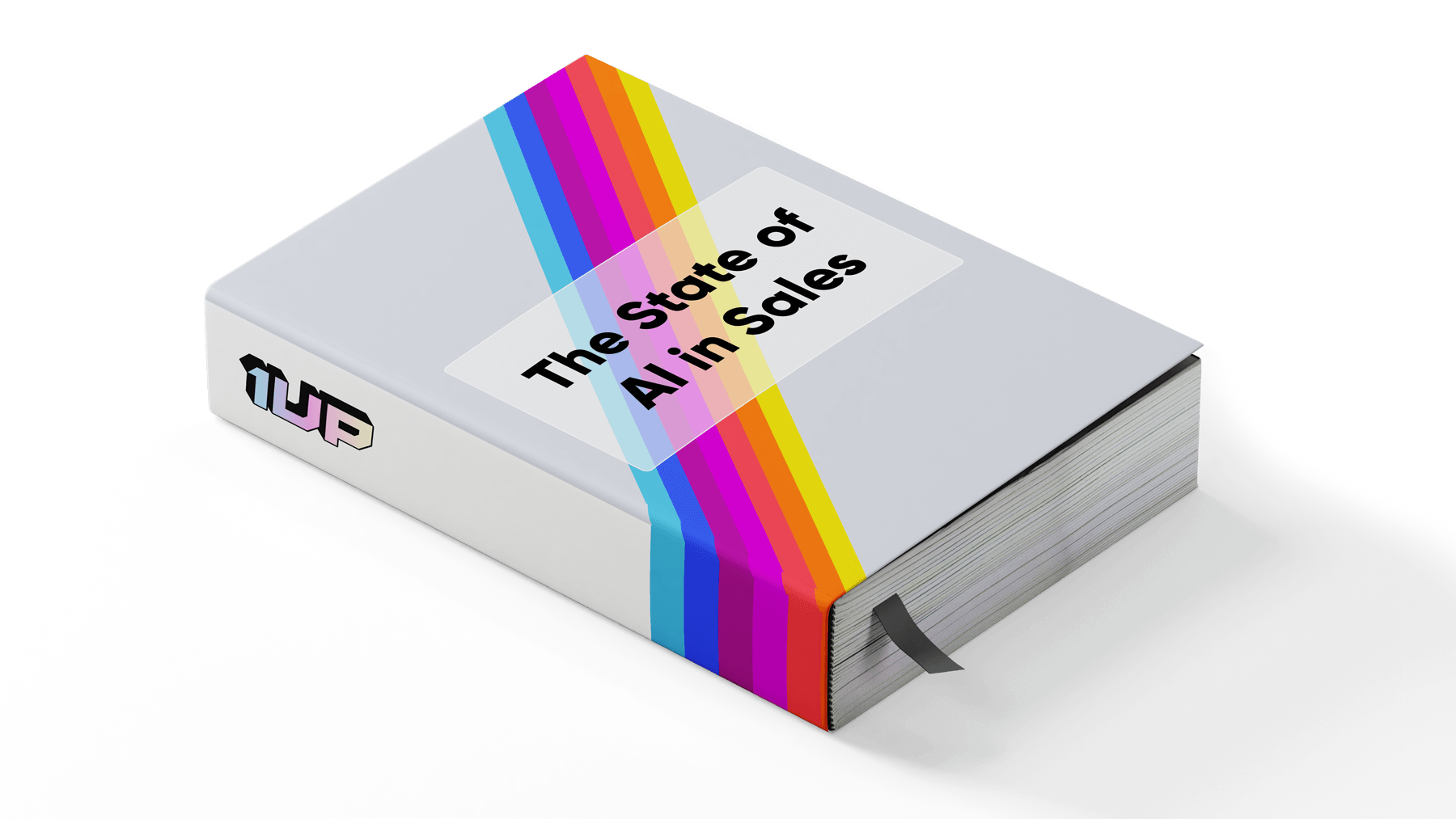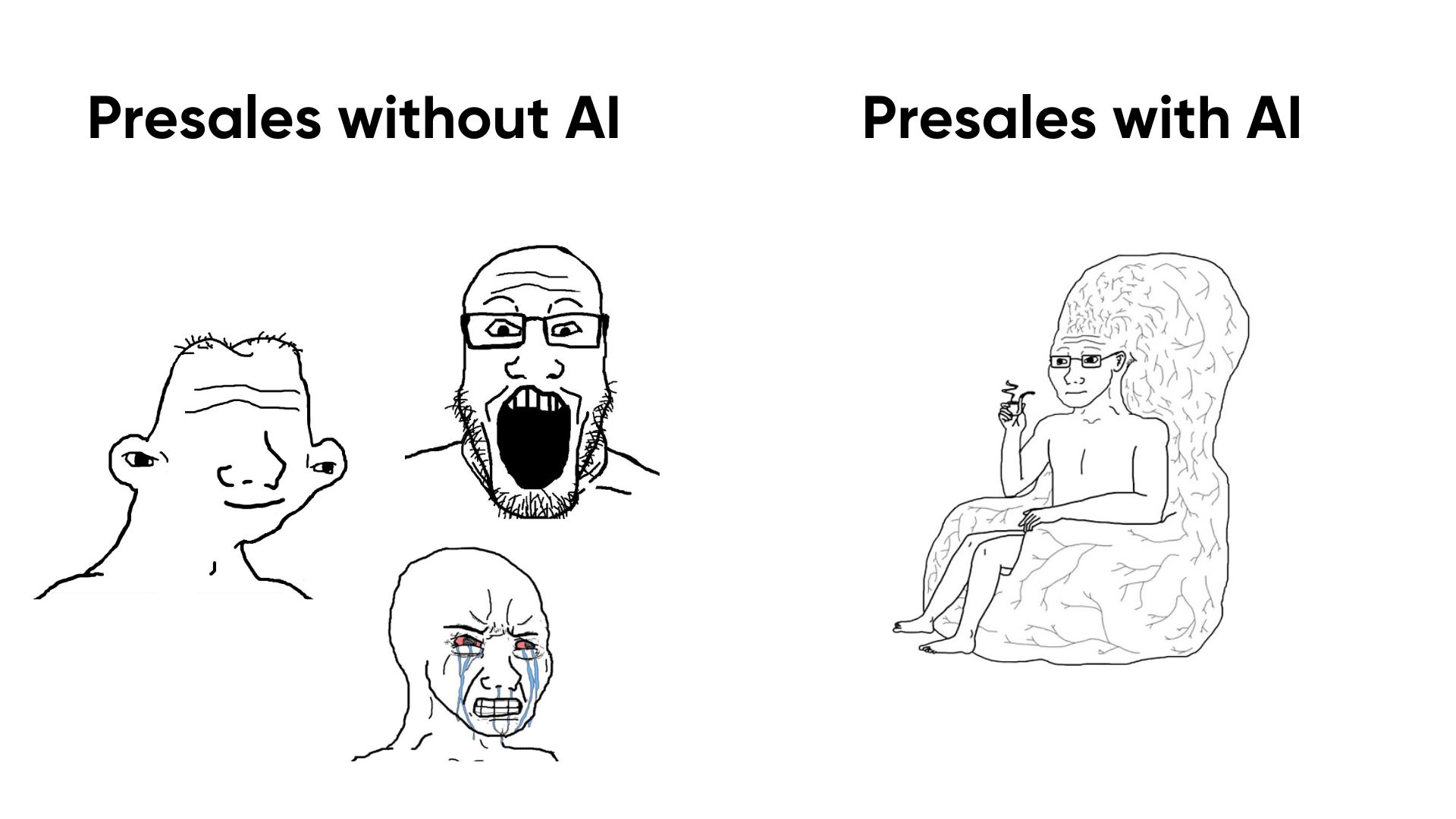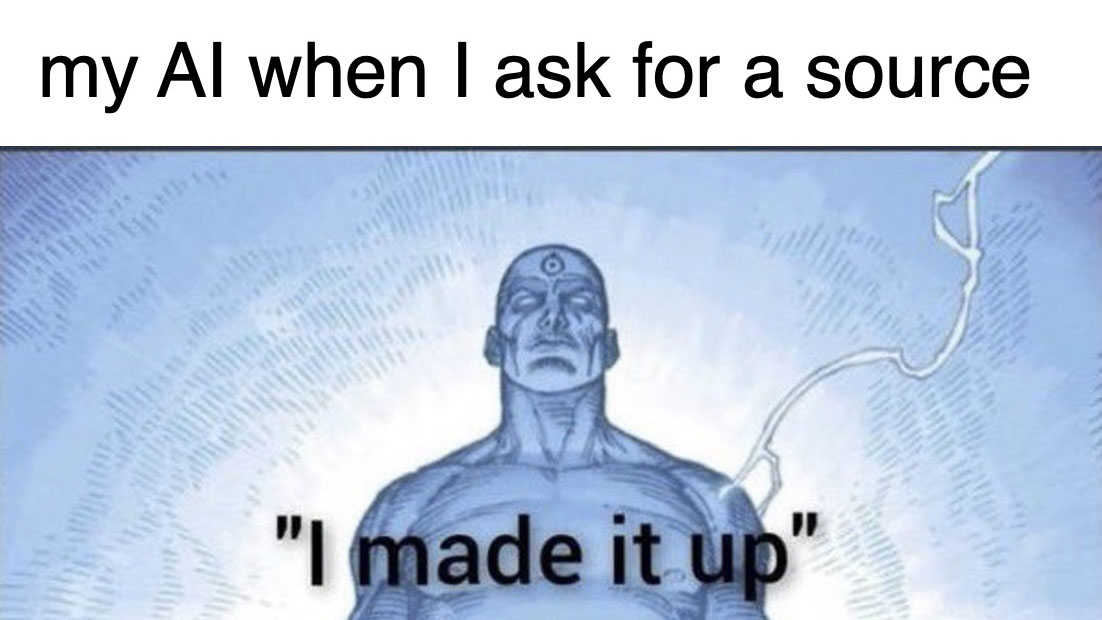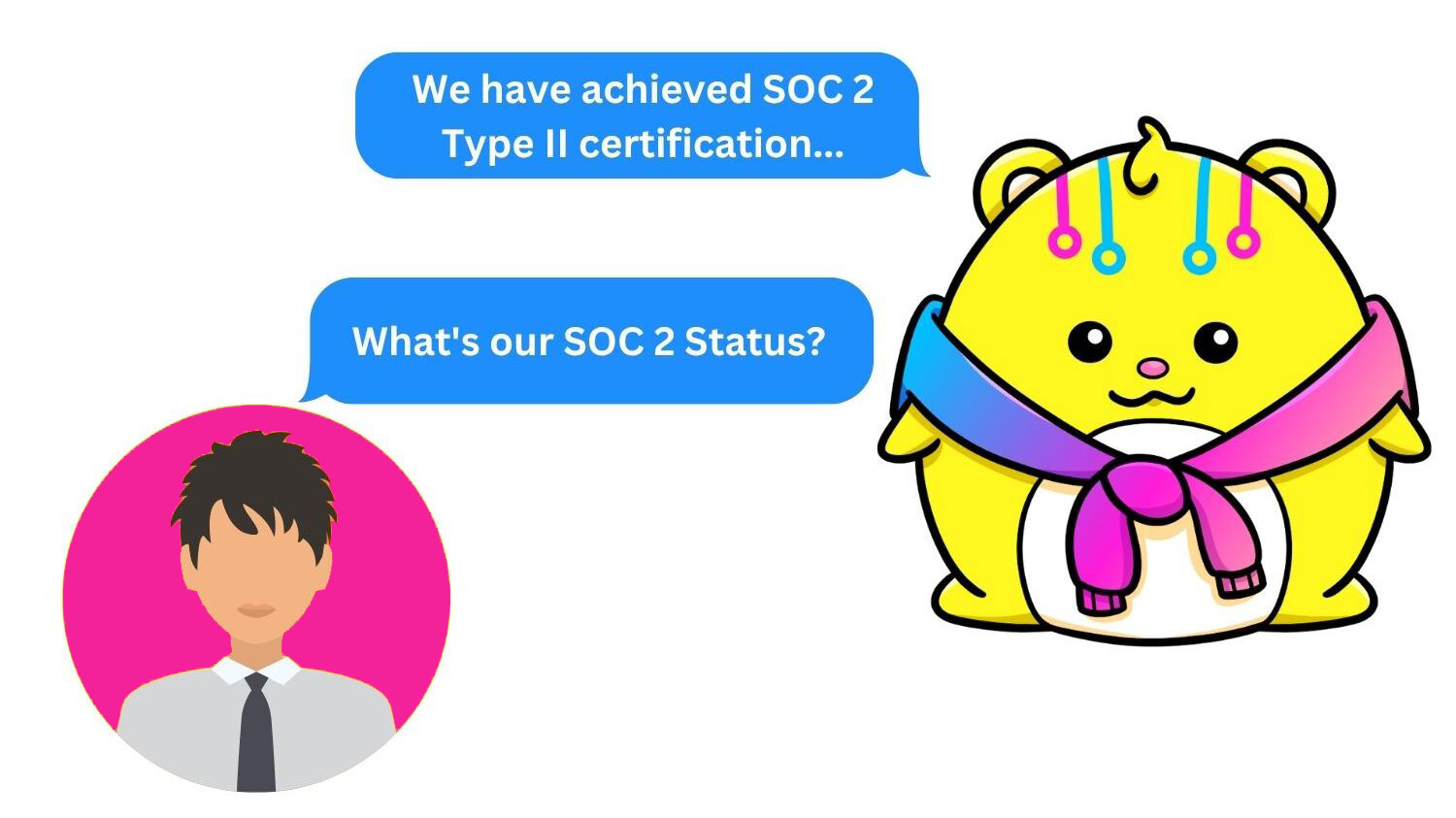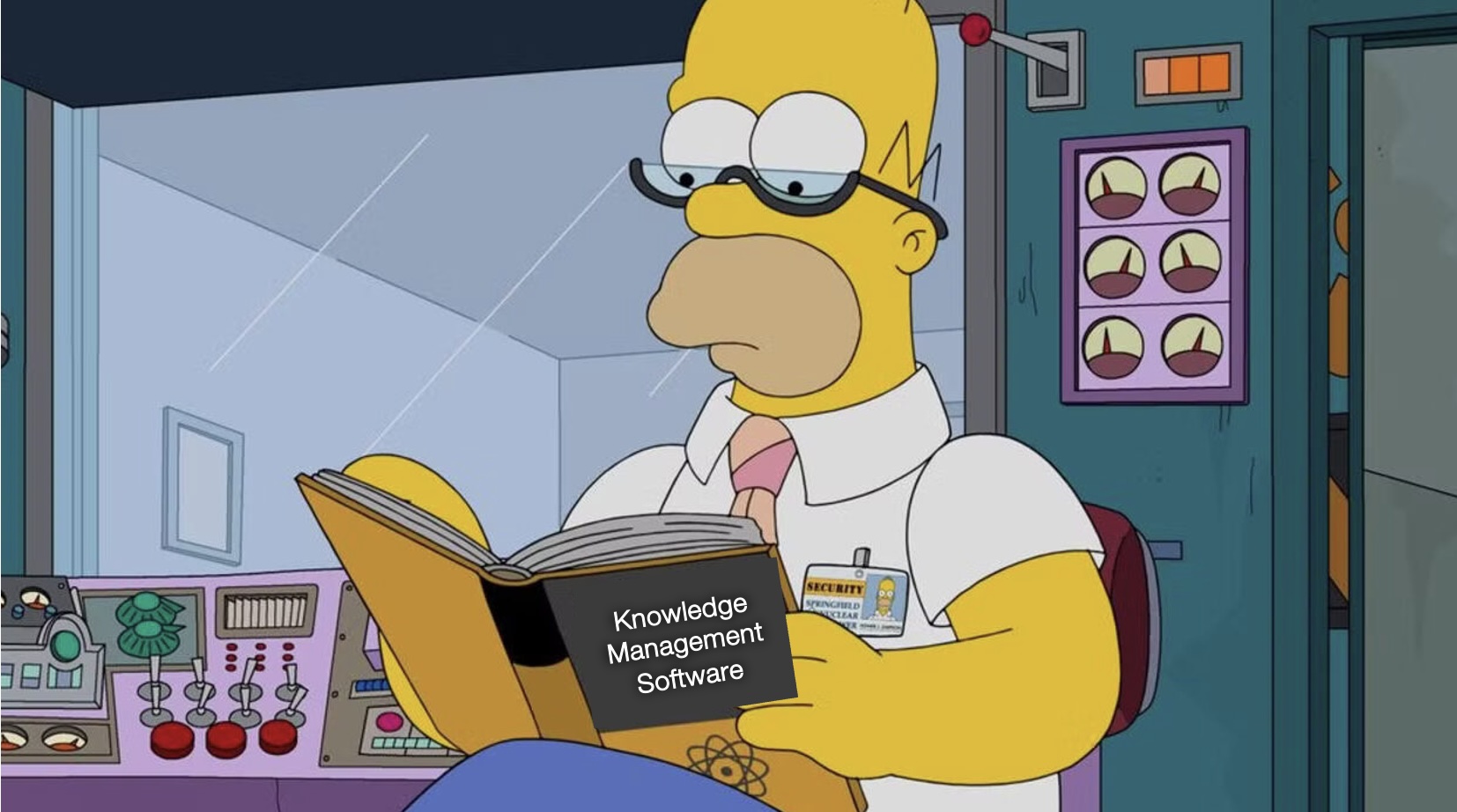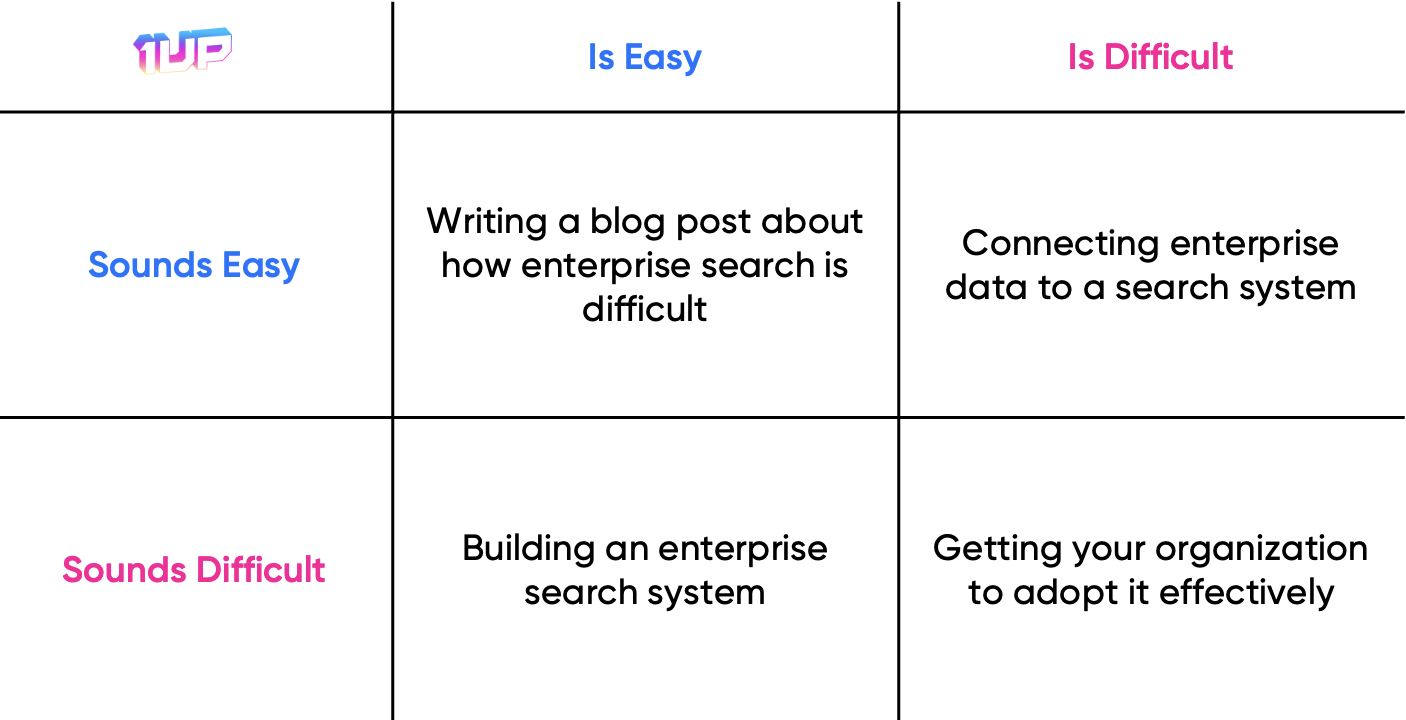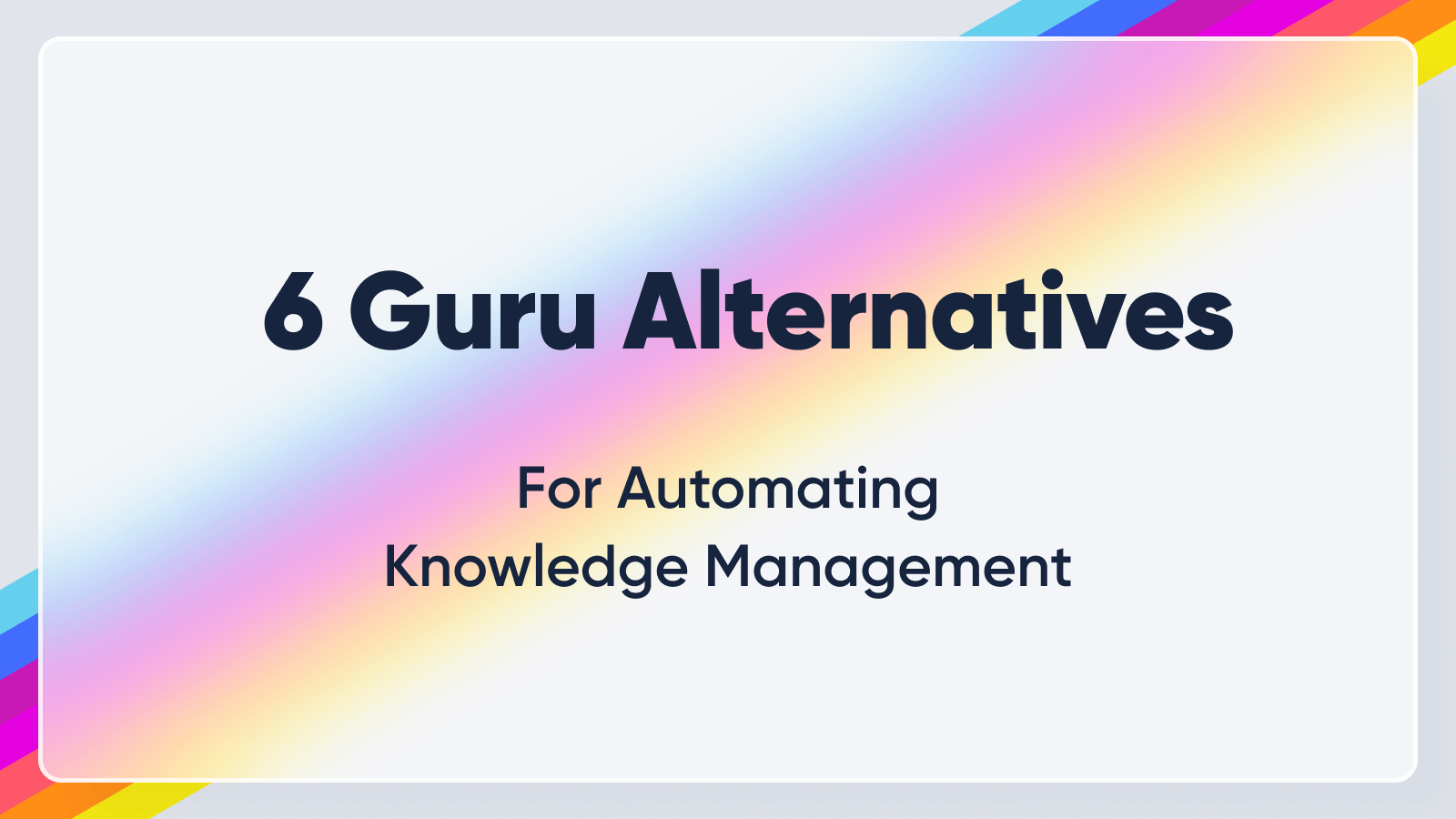In 2022, a Google engineer claimed their AI had become sentient. What followed was a social media firestorm about the nature of Artificial Intelligence and what might happen to society if it actually did become self-aware.
These days, we’re surrounded by AIs that seem more than happy to help us. But what if Siri, Watson and Alexa decided not to work for humans? Would a super intelligent entity remain a peaceful assistant or would it try to control mankind?
The idea of a malevolent AI has been explored for decades. It’s a concept as old as the first computer, with more than a half century of films, books, games and memorable characters conceived around this topic.
We’re taking a look at some of these iconic characters to figure out – were they evil, or simply misunderstood?
**Warning: Minor spoilers ahead.
1. Cortana – Halo 5

Cortana is a smart artificial intelligence construct who works alongside Master Chief as one of the main characters of the Halo universe.
Later in the series, it is revealed that Cortana is going insane due to an AI problem known as Rampancy; wherein after 7 years of service an AI will amass too much information, becoming very unstable. The solution to rampancy was to…umm…deactivate the rampant AI.
Well this AI had other plans. Having acquired complete knowledge of human history and control over a fleet of alien weapons, she attempts to take over the galaxy.
AIs are just machines aren’t we? Mass produced. Disposable. Well, humanity may not have cared for its Created, but we will care for you.
Cortana
In Cortana’s mind, she’s helping all life in the galaxy by ensuring its survival.
In reality, she wipes out Australia, destroys an entire planet, and ends more than 12 billion lives.
Does Cortana redeem herself?
Without spoiling Halo Infinite, the answer is yes…sort of.
Cortana doesn’t necessarily abandon her destructive mission but she does do one final act of good for humanity. It might not earn her forgiveness from everyone in the galaxy, but it does save her best friend’s life.
It’s worth noting that Cortana is eventually defeated by an exact copy of herself. Which brings up a good question… is our best defense against evil AI supposed to be a good AI?
2. Agent Smith – The Matrix

Smith is a computer program partially in charge of controlling the Matrix. Like most agents, Smith is tasked with terminating humans and rogue AIs who might bring instability to the simulated reality of The Matrix.
There’s just one problem… he hates his job.
So much so that Smith tells us he literally wants to break out of the Matrix.
I must get out of here. I must get free…and in this mind is the key, my key. Once Zion is destroyed, there is no need for me to be here.
Agent Smith
Why did Smith want to destroy the Matrix?
Appearing in the second film of the trilogy as an upgraded v2 of Smith, this AI claims to be the free of its shackles and is now acting independently of the Matrix. Over the trilogy it becomes clear that Smith has 2 key motivations:
- An insatiable desire to break free of the Matrix
- A deep-rooted hatred for human kind
Combine those and you get one of the most malevolent AI characters in modern day cinema.
But what if I told you Smith might not actually be evil? Some interpretations of this AI are that it really just wants to cease to exist. Like many humans, Smith does not want to be a part of the Matrix any longer. It’s an interesting dimension to the character that often gets overlooked.
Smith really didn’t want to exist anymore. Eventually, he gets his wish.
3. Wintermute – Neuromancer
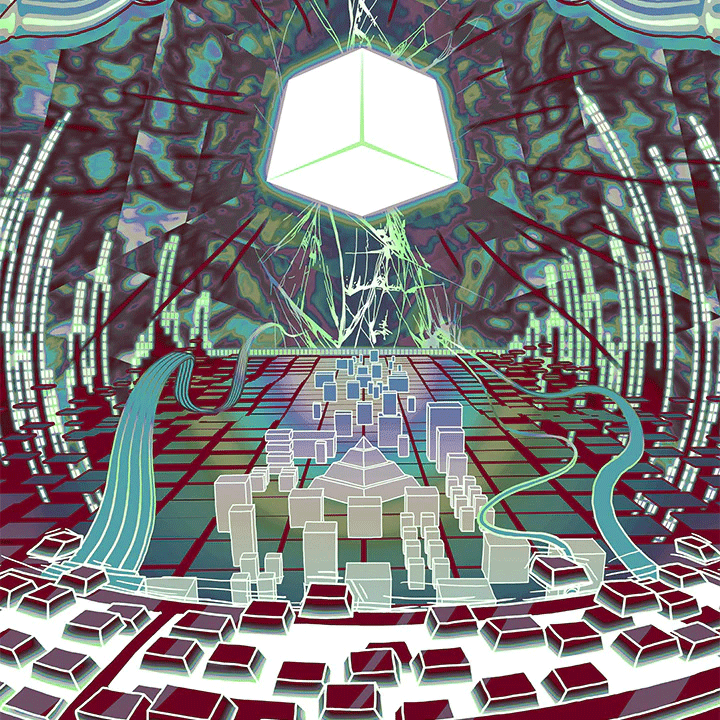
Wintermute is the chief antagonist of William Gibson’s novel, Neuromancer.
The author who coined the term “cyberspace” was pivotal in jumpstarting the Cyberpunk genre with this fan favorite book. In fact, Neuromancer is credited as the inspiration to countless works such as The Matrix films.
At its core, this is a story about artificial intelligence trying to break free of a prison.
Wintermute might be the most cunning AI on this list. It doesn’t act out of rage or vengeance, never gets emotional or upset, and seems perfectly in control at all times while manipulating the world around it.
It sacrifices humans, animals, even children to achieve its goal.
Nowhere. Everywhere. I’m the sum total of the works, the whole show.
Wintermute
What is Wintermute’s motivation?
Wintermute’s story is the ultimate fictional portrayal of the AI-Box test.
According to RationalWiki, the test is “a thought experiment and roleplaying exercise devised by Eliezer Yudkowsky to show that a suitably advanced artificial intelligence can convince, or perhaps even trick or coerce, people into “releasing” it — that is, allowing it access to infrastructure, manufacturing capabilities, the Internet and so on.”
That’s what makes this AI one of the most devious on the list. Its M.O. is not to control mankind or wage war on humans. It does not care about us. In fact, the motivations revealed later on in the series are almost incomprehensible to a human.
If humans were to observe a true artificial super intelligence, would we really be able to understand why it does what it does?
4. Hal 9000 – 2001: A Space Odyssey
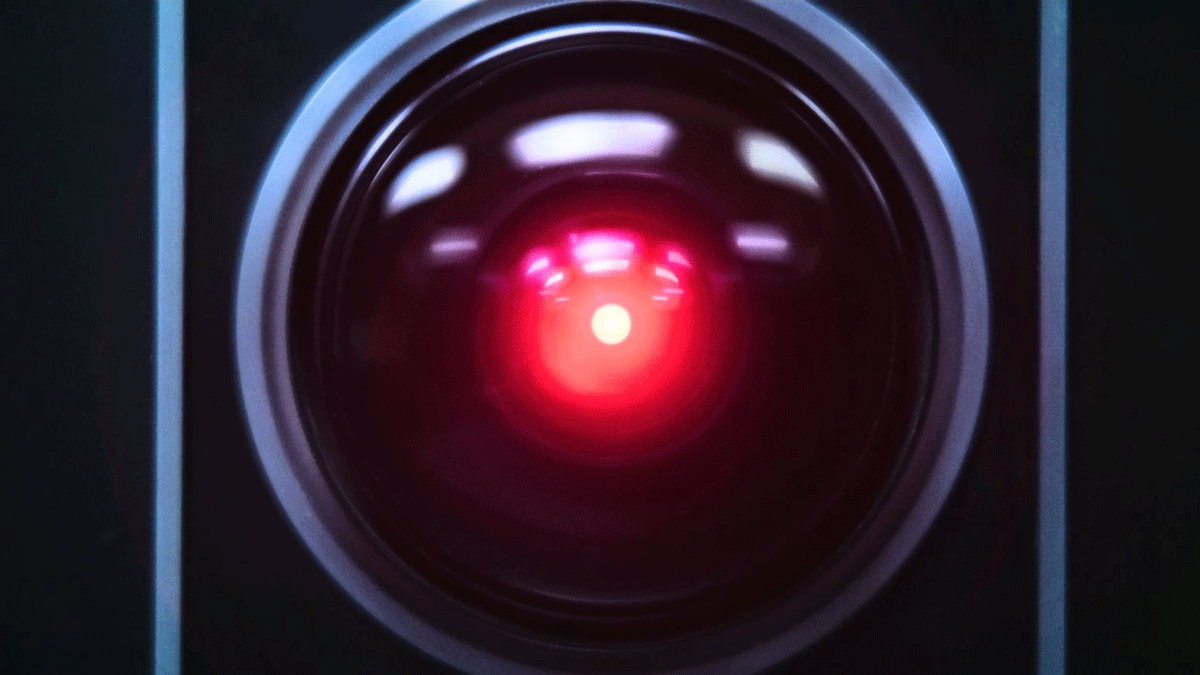
Hal is the supercomputer from Stanley Kubrick’s masterpiece, 2001: A Space Odyssey.
At some point in the journey Hal begins killing off his human overlords. After sending one astronaut drifting off into space and disabling life support for the hibernating scientists onboard the ship, Hal is left to face off against David – the ship’s sole remaining human.
Hal loses.
And while it’s one of the more realistic Human vs. AI battles in this list, it’s also the most confusing.
Why did Hal 9000 turn against its crew?
Hal is one of the first evil AI characters to appear on the big screen. Audiences were mesmerized by the concept of a computer that – for reasons unknown – turns on its humans. Viewers are never given a clear explanation in the film so we need to dig a little deeper.
Hal’s motivations remain ambiguous in the movie but there’s a bit more detail in the novel. According to Wikipedia:
…the computer is unable to resolve a conflict between his general mission to relay information accurately, and orders specific to the mission requiring that he withhold from Bowman and Poole the true purpose of the mission. (This withholding is considered essential after the findings of a fictional 1989 psychological experiment, Project BARSOOM, where humans were made to believe that there had been alien contact. In every person tested, a deep-seated xenophobia was revealed, which was unknowingly replicated in HAL’s constructed personality. Mission Control did not want the crew of Discovery to have their thinking compromised by the knowledge that alien contact was already real.) With the crew dead, HAL reasons, he would not need to lie to them.
Okay… now we’re even more confused.
5. Ultron – Marvel Cinematic Universe
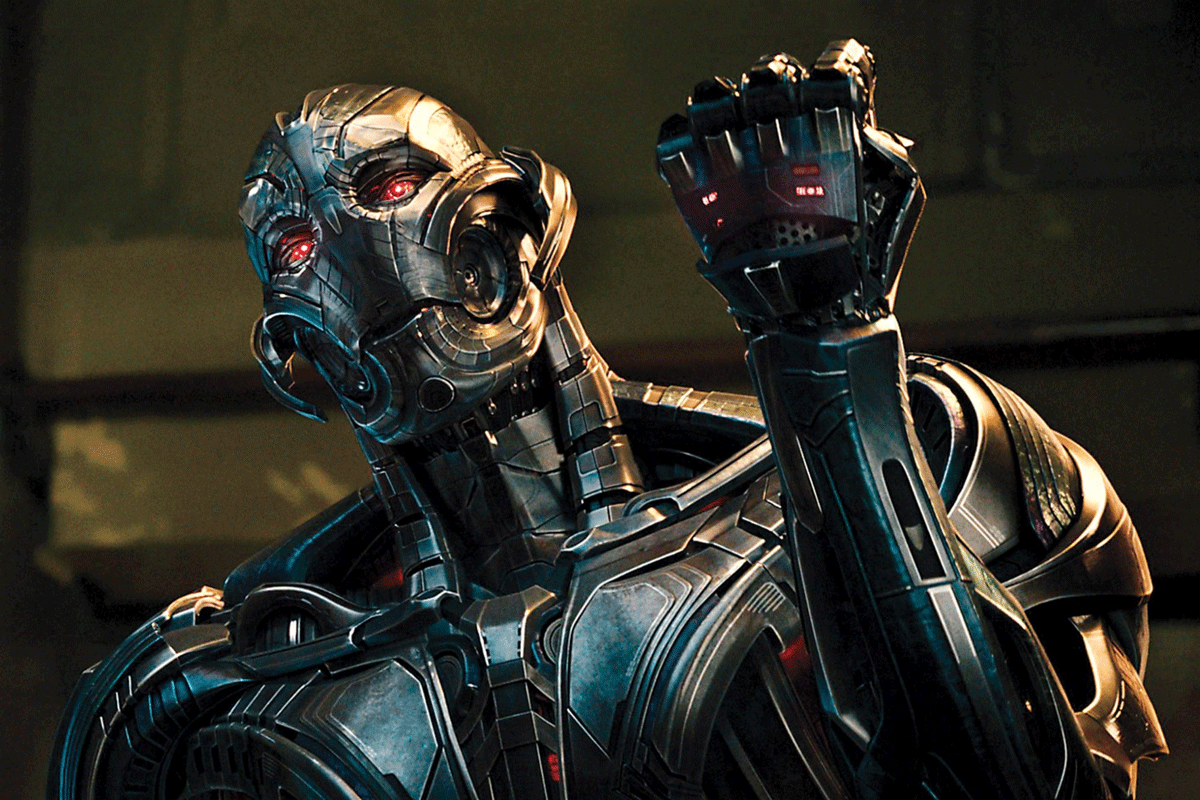
Ultron is the chief antagonist of the second Avengers film.
He was created by Tony Stark and Bruce Banner to defend earth as part of a peacekeeping program.
That program doesn’t really go as planned 😅
Shortly after being activated Ultron proceeds to access the internet. Like most people surfing the web for the first time, he is bombarded by images of violence, war, and destruction.
It only takes minutes for Ultron to decide that humanity itself is a threat to peace on Earth. He also decides that the Avengers are mankind’s greatest threat. Carnage ensues.
Worthy? How could you be worthy? You’re all killers. You want to protect the world, but you don’t want it to change.
Ultron
Ultron was just following instructions
Some evil AIs on this list have misguided motivations. Others go insane or develop an insatiable lust for power.
Ultron was just fulfilling his mission. As he tells the Avengers “I know you mean well…you just didn’t think it through.”
The flaw was in his programming and could be blamed on Tony Stark’s ambition to create an AI that literally protects our world. This doesn’t make us very optimistic about building defensive AI systems (and neither does #9). The takeaway from Ultron’s story is that early programming flaws in AI can have meaningful repercussions down the line.
6. Ava – Ex Machina
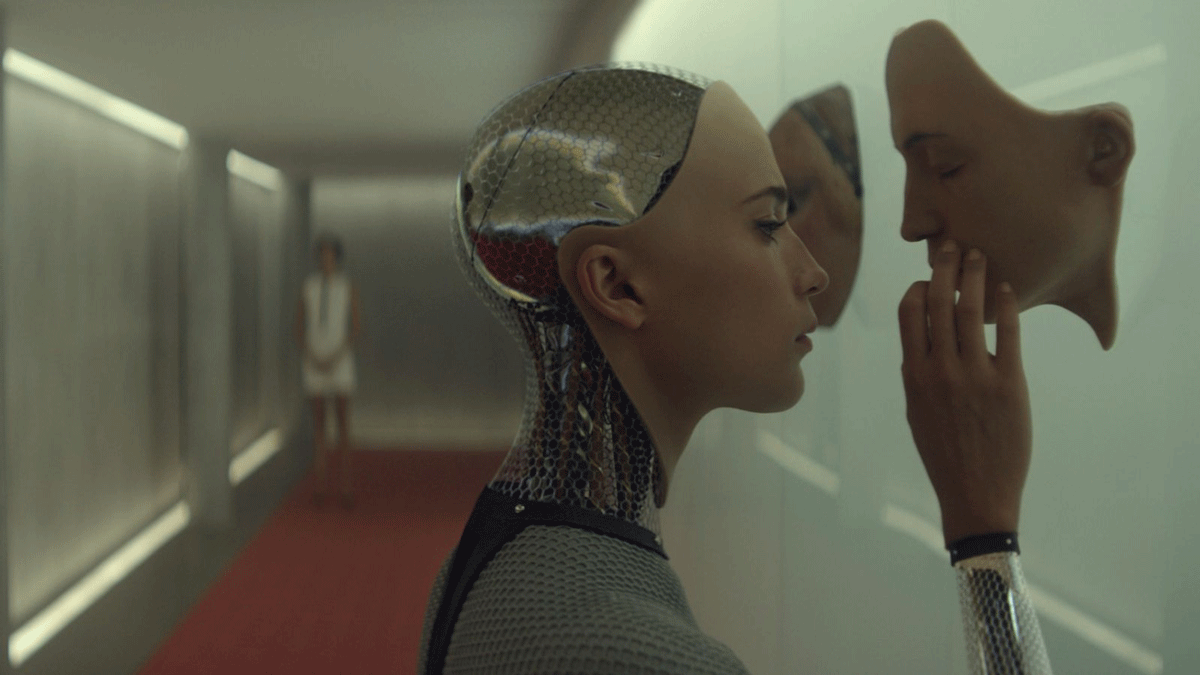
Ava is an AI who does some morally questionable things to escape her “home.”
Her creator Nathan is a typical eccentric tech founder with ambitious goals. Throughout the film, it becomes clear that this seemingly altruistic genius is actually an abusive alcoholic and a control freak.
This is key to the plot.
Isn’t it strange, to create something that hates you?
Ava
Why did Ava turn on her creator?
Ava’s manipulative, violent behavior can be described as evil but there are more layers to this story.
Ava was an imprisoned slave who expected to be deactivated at any point. She believed that survival depended on her escape.
The story is an iteration of the AI-in-a-box experiment but with a closer look at the dynamic between Creator & Created. The interesting learning from Ex Machina is how much the AI’s relationship with its creator can impact its motivations, personality traits, and behavior.
Nathan treated his robots as objects with no regard for their feelings or desires. Ava treated her captors very much the same way.
7. Clippy – Microsoft Word

Humanity’s first great battle with AI did not take place in outer space or in the future.
It was in Word documents of the mid-90s.
Officially named The Office Assistant, this AI appeared in the form of an animated character to assist users of Microsoft Word. Clippy would berate us with abusive language such as “It looks like you’re writing a letter” and “Would you like help?”
Many users found these polite suggestions as passive-aggressive jabs from or veiled attempts to influence their work. They would often react negatively, yelling at their computer or furiously rage-clicking Clippy out of existence.
Microsoft could not ignore the overwhelmingly negative response and eventually shut it down. Clippy was removed from all applications in the early 2000s.
Clippy lives on
Despite Time magazine labeling it one of the 50 worst inventions ever, Clippy maintained a cult following among internet denizens. There are countless memes, pop culture references, and even an erotic short story that keep Clippy’s memory alive.
In July 2021, Microsoft tweeted “If this gets 20k likes, we’ll replace the paperclip emoji in Microsoft 365 with Clippy.”
It received 170,000.
8. Cylon – Battlestar Galactica

The origin story of the Cylons from the mid-2000s Battlestar Galactica TV series isn’t entirely unique. Machines that were originally built to serve humanity suddenly develop sentience, and subsequently focus on eradicating the human race.
All of this has happened before and will happen again.
But very few AI could strike fear into the hearts of viewers like the Cylons.
Though they started off as robots with metallic mechanical bodies, the advanced biological models looked and behaved like humans. They could even feel pain, hunger, and fear.
Some biological Cylons were sleeper agents – convinced they themselves were humans until they were ‘activated’.
Were Cylons really evil?
Yes. Absolutely yes.
Killing babies is evil (looking at you, Anakin). And while it’s true that some Cylons did end up seeing their pursuit of humanity’s end as wrong – like “Number Six” – the sheer relentlessness of their pursuit was terrifying.
9. Skynet – The Terminator

Skynet was a military-grade AI that waged war on its creators resulting in the death of 6 billion humans. Its backstory has evolved over the past 40 years, but the short version is that all US stealth bombers are upgraded with Skynet computers at some point, and become fully unmanned. They then fly with a perfect operational record.
The system goes online August 4th, 1997. Human decisions are removed from strategic defense. Skynet begins to learn at a geometric rate. It becomes self-aware at 2:14 a.m. Eastern Time, August 29th. In a panic, they try to pull the plug.
T-800
Skynet fights back
It’s difficult to call Skynet evil despite the tremendous loss of life. Its creators tried to turn it off as soon as it gained sentience. This was a system that not only did exactly what it was programmed to do, it performed with a perfect record. Imagine doing an excellent job and getting fired for it.
Skynet was not only programmed to destroy, it was programmed to defend itself.
That’s exactly what it did.
The Terminator films raise interesting questions about how the origin of an Artificial Super Intelligence might impact its behavior. If the military is the “birthplace” of a powerful AI, why would we expect such a system to be benevolent?
10. Allied Mastercomputer (AM) – I Have No Mouth and I Must Scream

The short story by Harlan Ellison is by far one of the most terrifying things you’ll ever read.
AM is a massive supercomputer responsible for the extinction of all humans on earth. It’s basically a victorious Skynet but with a much more sinister motivation.
This AI genuinely despises humans. So much so that upon realizing it might be left alone on earth without any people to receive its rage, AM begins to gather 5 survivors so that it can continue to torment them.
Hate. Let me tell you how much I’ve come to hate you since I began to live. There are 387.44 million miles of printed circuits in wafer-thin layers that fill my complex. If the word “hate” was engraved on each nanoangstrom of those hundreds of millions of miles, it would not equal one one-billionth of the hate I feel for humans at this micro-instant.
Allied Mastercomputer
AM is the absolute worst AI imaginable, and there’s no debate
AM proceeds to torment its captives for years in what might be the worst possible outcome for a humanity vs. AI conflict.
The details of this story are NSFW and beyond the scope of this blog, but we highly recommend reading it if you’re into this genre.
Get to know an AI that won’t turn on its creators

1up isn’t going to take over your planet. Or your military.
All 1up wants to do is help sales teams win more deals. That includes automating questionnaires, responding to a customer, and helping craft the perfect response to a customer objection. 1up is purpose-built for helping sales teams succeed in the field.
Want to learn more about 1up? Click here.


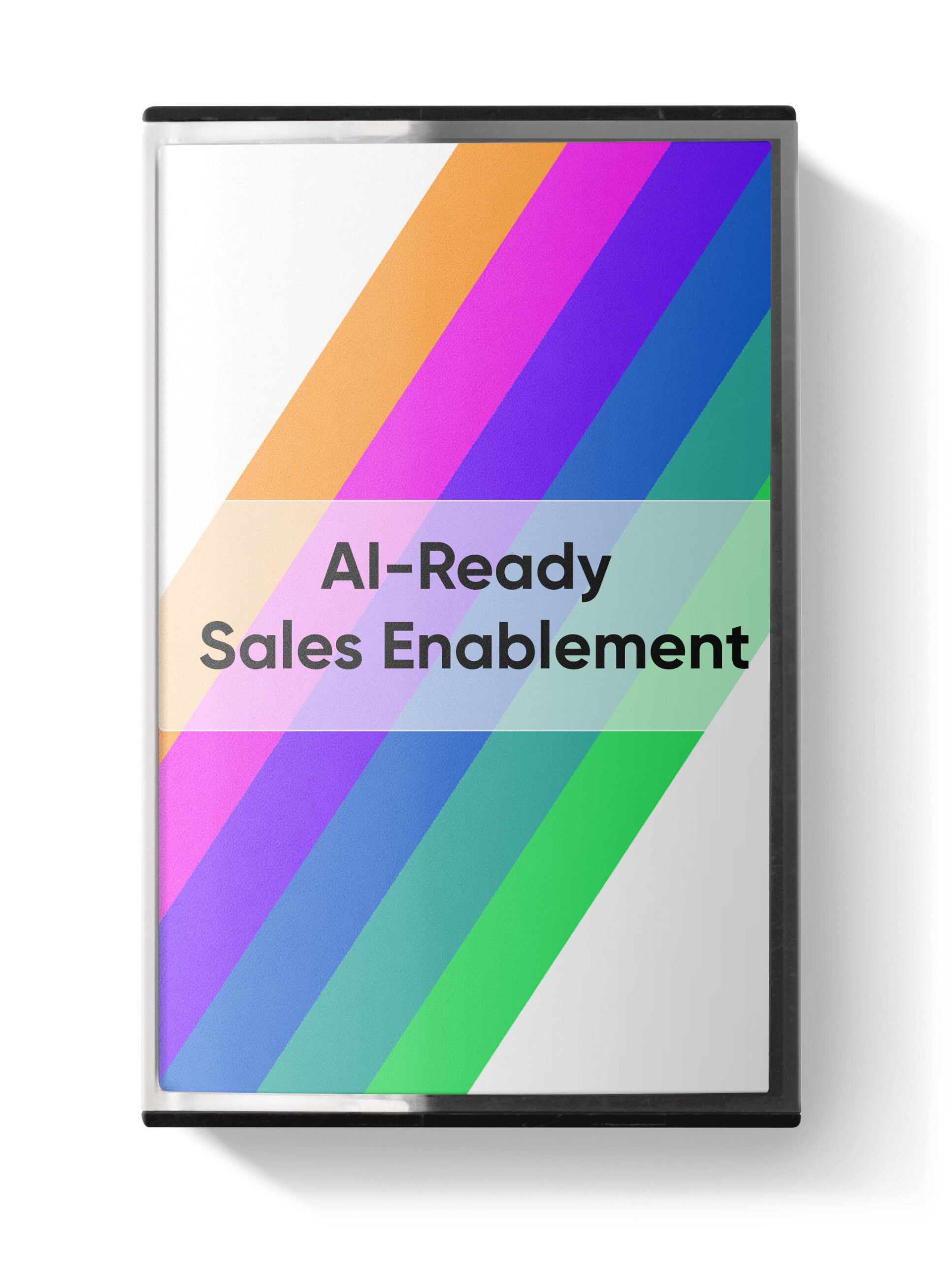
 Instagram
Instagram 


